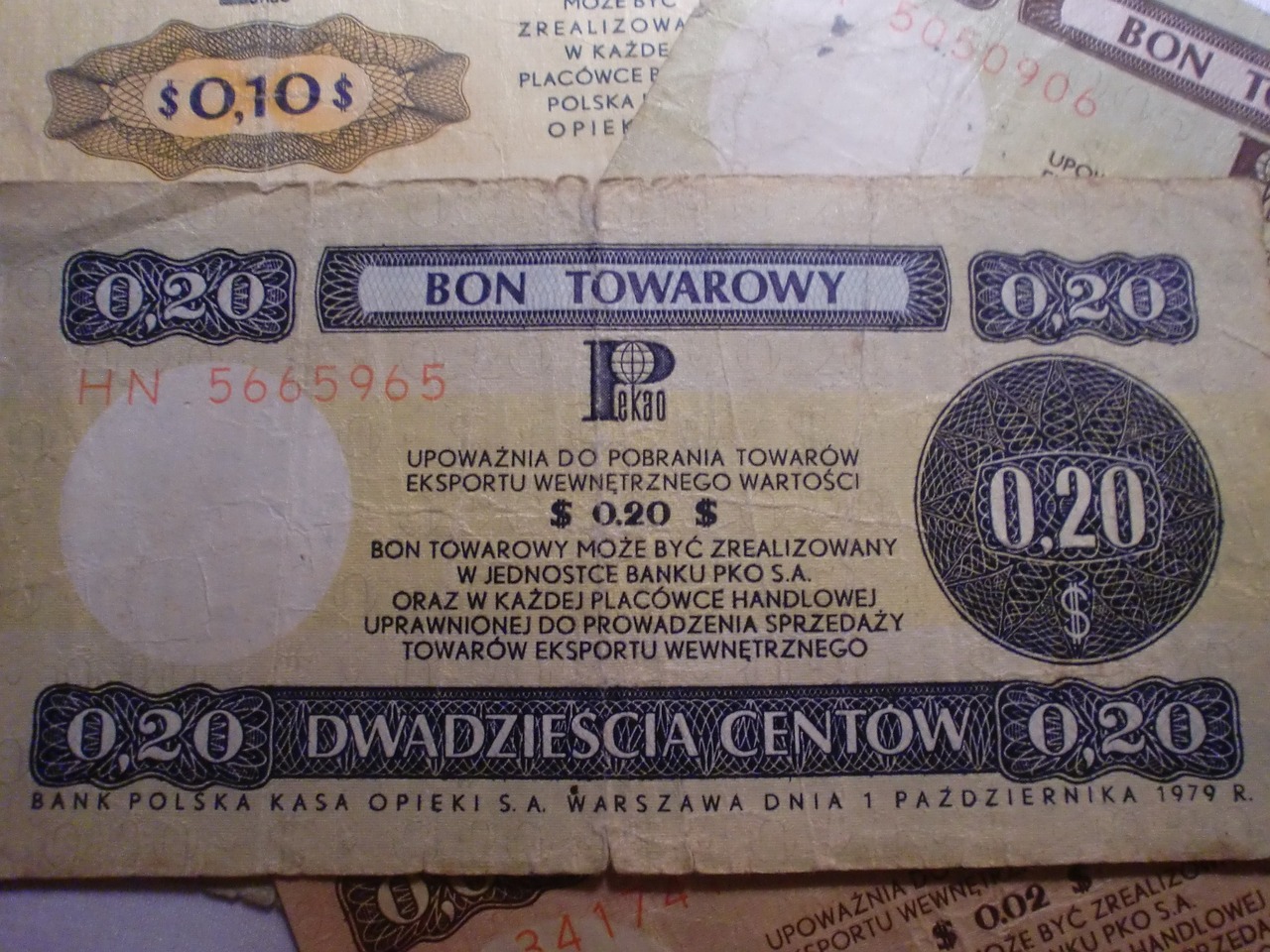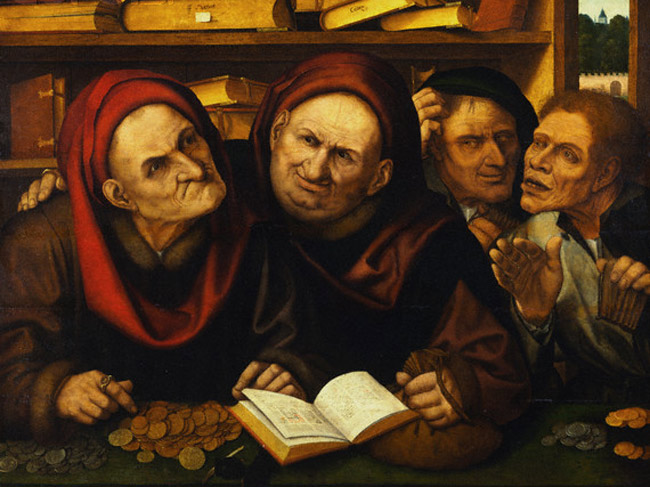History of Inflation in Poland Part X – Post-War Times.

In the previous part, we discussed the adventures of Polish gold during World War II. Today, let’s explore the economic history of our country after 1945.
During the German occupation (in the newly established General Government territory), the Emision Bank was created in Krakow. Naturally, currency was issued without any real backing. Empty banknotes circulated through the Wehrmacht, which used them for services and goods. The currency was printed in large quantities, causing inflation on such a scale that prices increased tenfold by 1944. The real currency, used in the black market, was gold or foreign currencies.
In the areas directly incorporated into the Third Reich, the Polish złoty was withdrawn, and Poles were forced to exchange their currency for German marks. A similar process occurred in the territories under Soviet occupation.
The March of the Red Army
In July 1944, the Red Army occupied almost half of present-day Poland. Local authorities subservient to the USSR were established in the conquered lands. At the same time, control over the circulation of money was established. There was no question of reactivating the pre-war Polish złoty for a simple reason. The management of the Bank of Poland, during their evacuation, took the printing plates for banknotes with them. This was likely done to prevent the Germans from over-issuing Polish currency and thus debasing it. The currency of the General Government also had to be withdrawn as it was associated with the occupiers.
Therefore, the National Bank of Poland (NBP) was established to oversee the new Polish currency. Interestingly, the institution was likely established on Stalin’s orders.
Just behind the advancing Red Army, trucks arrived in Poland carrying a rather surprising cargo – Polish banknotes issued by the NBP!
Every Polish person who held the new currency must have been surprised. The banknotes contained… spelling mistakes. The word “jeden” (one) was misspelled with the letter “i”. The situation becomes even more amusing when we consider the dates. The banknotes (with the name NBP) were being transported to Poland already in 1944, while the NBP itself was officially established… on January 15, 1945. This story would be comical if it didn’t foreshadow further economic tragedies.
Capital to Start
By the beginning of 1945, there were already 8.5 billion new złoty in circulation in Poland. 3 billion went to the Polish Committee of National Liberation (PKWN), the formal authority at the time, 2 billion to the Red Army, and 3 billion to the emerging government.
The NBP quickly got to work as well. The new złoty had no backing, so money printing began carefree. However, the impact of inflation did not hit the Polish society as quickly as it would have under normal conditions because Poles were still relying on barter for trade in the aftermath of the war.
Nevertheless, the central bank spared no paper or ink. In January ’45, there were only 8.5 billion złoty in circulation, but by the end of the year, it had risen to 26.3 billion. The following year saw 60 billion, 131 billion in 1948, and 172 billion in 1949.
To prevent social unrest caused by inflation, a cunning plan was devised. Taking advantage of patriotic sentiments, national fundraising campaigns were announced for the reconstruction of the country. Furthermore, fixed prices were introduced for certain products.
However, the situation resembled a tightly closed pot of boiling water. Everything seemed fine on the surface, but underneath… It is enough to say that the black market exchange rate of the dollar increased thirteen times in just five years (from 1945 to 1950).
Who Owns the Gold?
As you may recall from the previous part, we didn’t answer the question of what happened to the Polish gold held in London. The new Polish authorities issued a statement, stating that representatives of the Bank of Poland could return to the country with the gold and continue their functions. However, they failed to mention that, according to another decree, the Bank of Poland had no more issuing rights.
Ultimately, negotiations took place regarding the transfer of gold to the authorities of the People’s Republic of Poland. They ended in a complete success for the Soviet side. The gold was supposed to reach Polish soil, but first, the Western Allies… deducted the costs they incurred during the war to support the Polish authorities and army. Not a word was mentioned about Polish pilots and other soldiers who participated in military operations on behalf of Great Britain.
The Bank of Poland was finally liquidated in 1951, and full control over the currency was taken over by the NBP.
Bretton Woods
The gold was already in Poland, but the global economic revolution was imminent. As a result of the Bretton Woods agreements, it was established that the world of finance would be tied to the dollar.
The Polish złoty was “pegged” to the dollar – 1 dollar was worth 100 złoty. According to the new vision, the exchange rate was meant to be fixed. It was supposed to be, but due to the fiscal policy of the state, by 1947, 1 dollar was already being traded for 400 złoty.
New Banknotes
That was not the end of the financial madness. On October 28, 1949, the authorities of the People’s Republic of Poland decided that the existing banknotes would lose their value. The society had just over a week to exchange them for new ones! Moreover, 100 “old” złoty in cash was to be exchanged for 1 “new” złoty. Prices and wages were to be recalculated according to the equation of 100 “old” złoty = 3 “new” złote. The savings of the society declined by 67.2%. At the same time, possession of gold and foreign currency was prohibited.
Things only got worse from there. The shortage of goods in the market necessitated the periodic issuance of ration coupons for “luxury goods.” No, it didn’t refer to new car models, jewelry, or other extravagances. The coupons were needed to buy meat, sugar, laundry detergent, or soap!
The economic problems of the People’s Republic of Poland persisted – with various interruptions – until 1989, the year when Poland regained its independence from the USSR. However, inflation remained a significant issue…



![How Bitcoin Becomes a Lifeline for Victims of Repression and Financial Exclusion – Explains Lyudmyla Kozlovska [INTERVIEW]](https://webeconomy.info/wp-content/uploads/2023/10/Ludmila-Kozlowska-1000x500.jpg)


